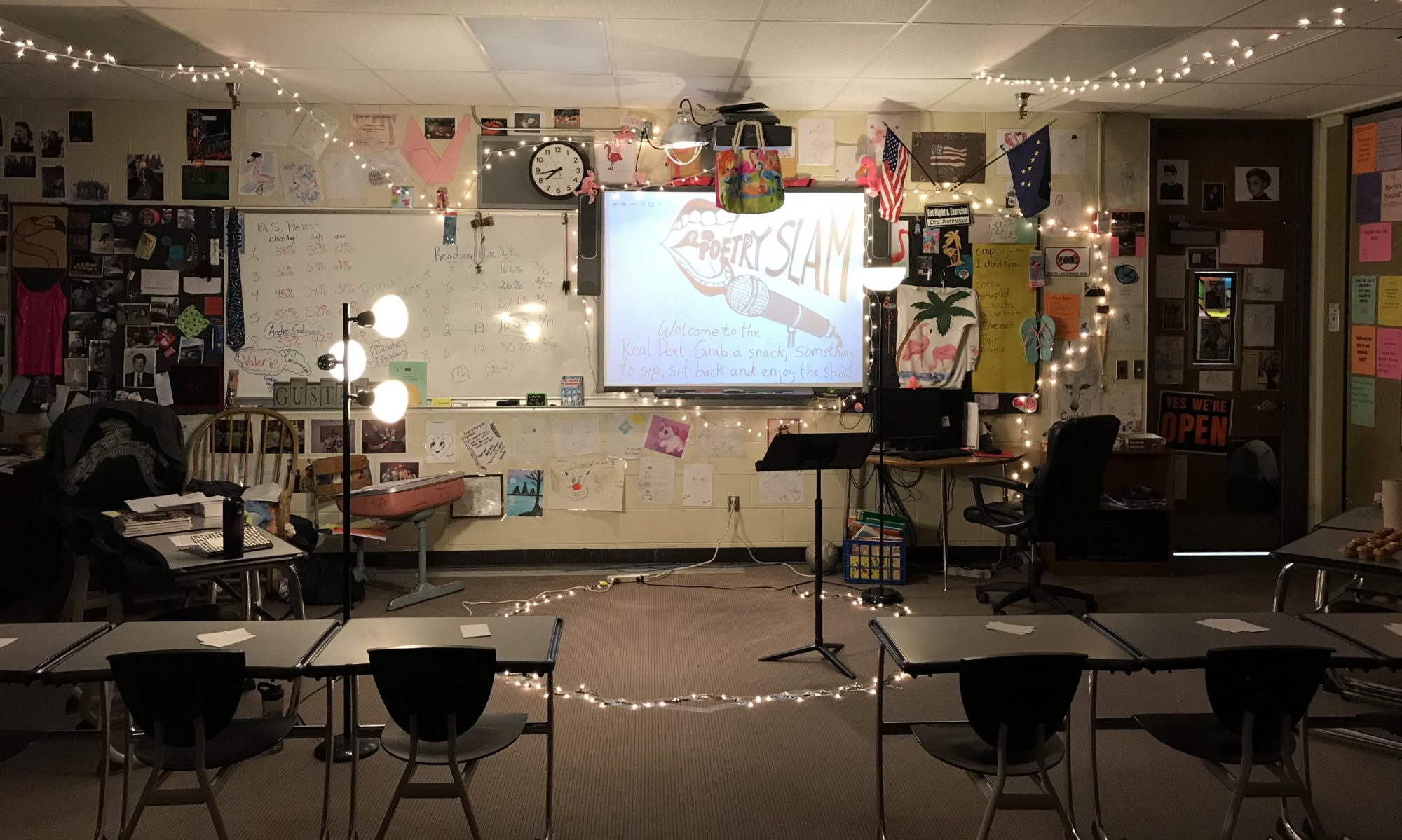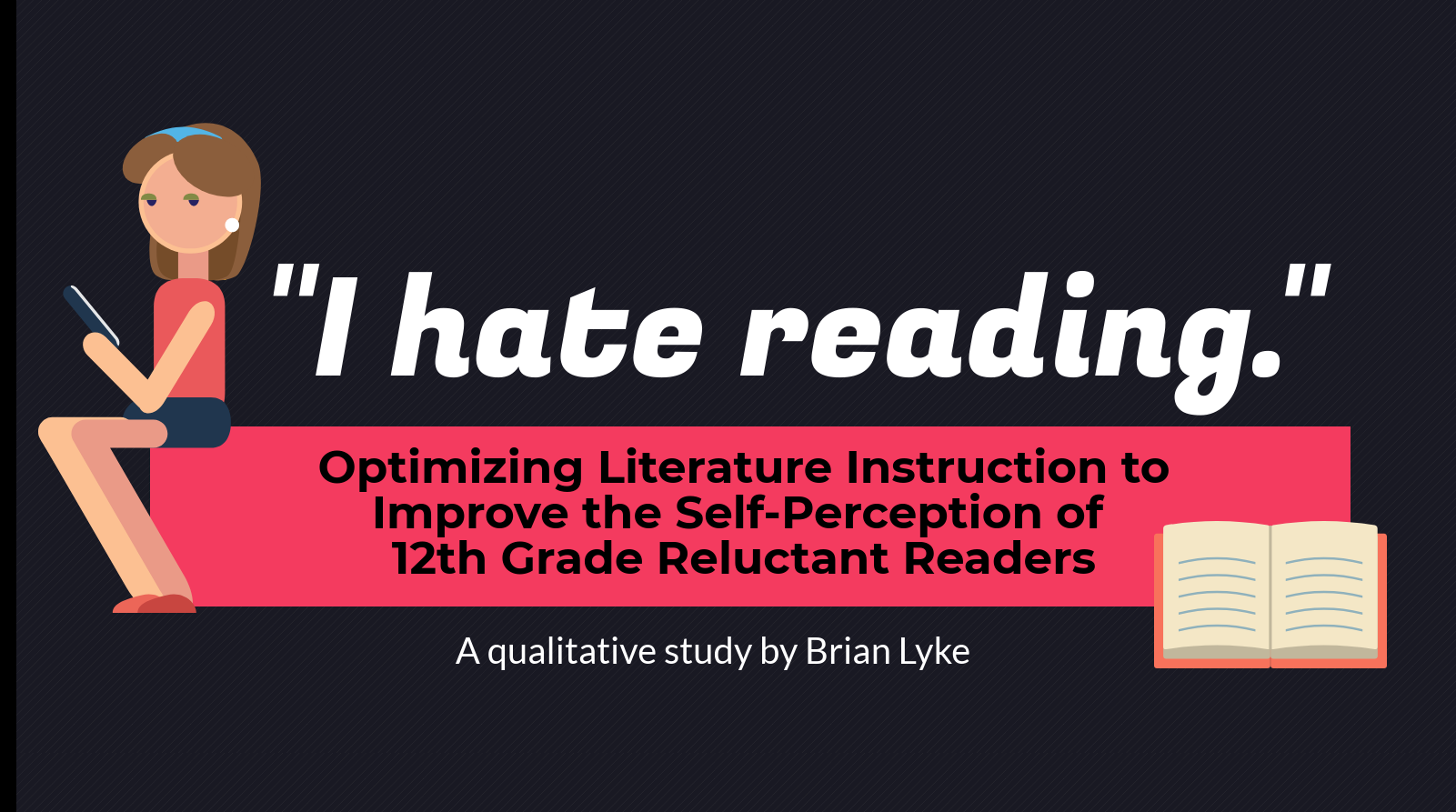In the spring of 2018, I took my first job that required a teaching certificate. It was a long-term substitute position teaching British literature to 12th graders. I was surprised when my students admitted that they hated to read. My teacher training had not prepared me to be able to convince 18-year-olds of the value of reading. When I brought this problem of practice to my university research class, my professor suggested that I research interventions and test one in my classroom, collecting data along the way.
I have included the resulting paper “Optimizing Literature Instruction” in the development section of my portfolio because the process of creating a research study gave me new appreciation for the educational research that modern teaching relies upon. I have also included an infographic that presents my research. Collecting data about students put me in the same shoes as Maria Montessori (2004) who observed her classroom with a scientist’s eye. After carefully observing my students, I read countless articles to find the developmental theories that explained the behavior I witnessed. One of the theories with the best fit was called motivation theory.
Wigfield and Guthrie’s (1995) motivation theory was the primary framework I used to guide my reading intervention. There are three key categories related to learning: (1) self-efficacy, the self-perception that one is a strong reader; (2) intrinsic motivation and learning goals, such as curiosity and importance; and (3) extrinsic motivation and learning goals based on competition. These theories informed the choice design of the pre and postsurvey distributed to senior students in my British Literature course, as well as the interventions chosen to improve the self-perception of reluctant readers.
As someone who taught for many years from an intuitive stance, I admit I was slow to understand the value of reading and writing about teaching. I came to understand that intelligent practitioners had improved the art of teaching with their research and theories (Slavin, 2012). In this classroom, I needed that research to solve my teaching problem of practice. It was uncomfortable to admit that my abilities were not up to the task, and that I needed to “ask for help” from the literature. I’m glad I got over that resistance. All students benefit from a teacher who strives to improve themselves and their practice.
References
Montessori, Maria, 1870-1952. (2004). The Montessori method: the origins of an educational innovation: including an abridged and annotated edition of Maria Montessori’s The Montessori method. Lanham, MD :Rowman & Littlefield Publishers.
Slavin, R. (2012). Educational Psychology: Theory and Practice. (10th ed.). Boston, MA: Pearson Education, Inc.
Wigfield, A. & Guthrie, J. T. (1995). Dimensions of children’s motivations of reading: an initial study (research report no. 34). Athens, GA.: National Reading Research

